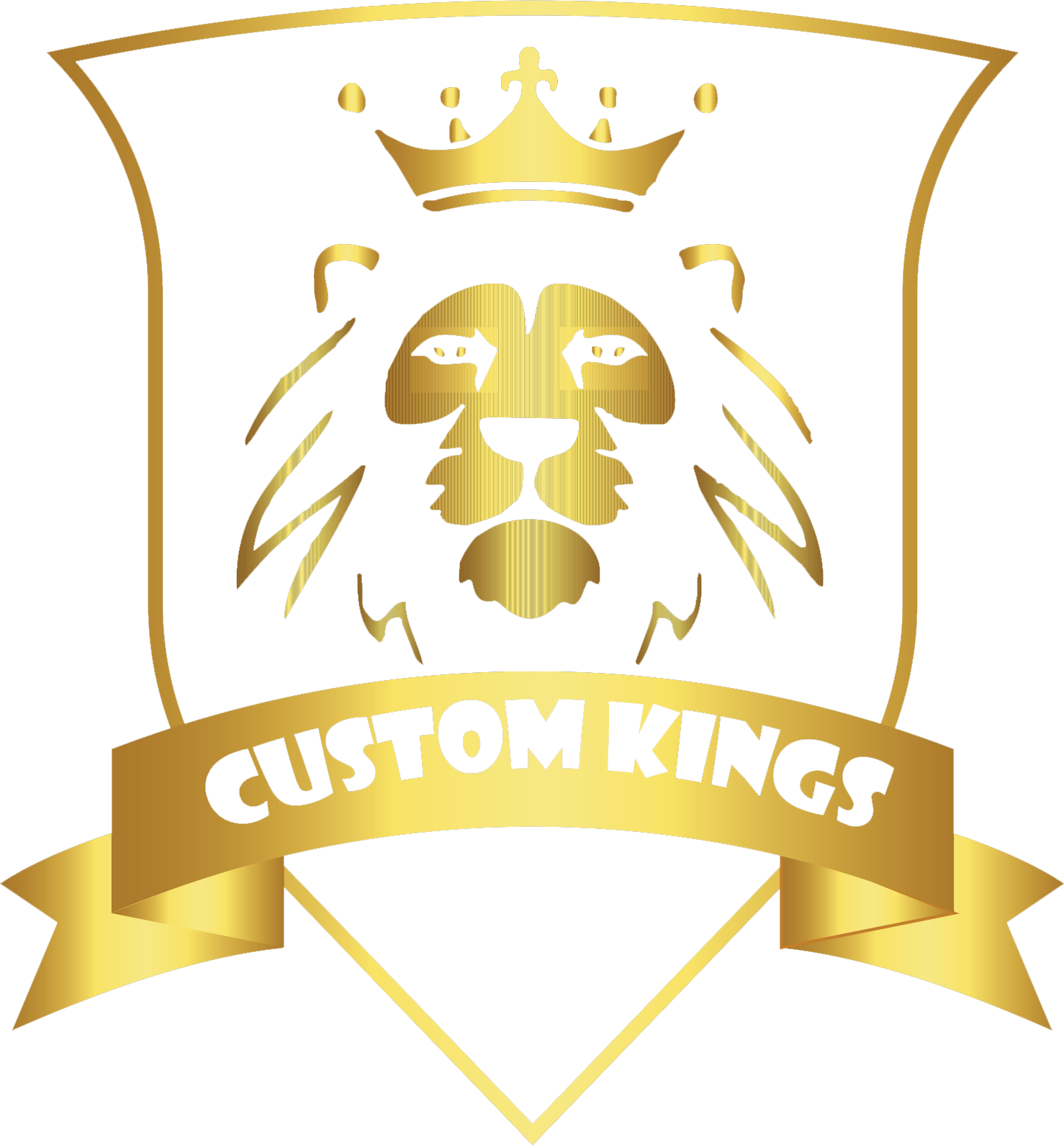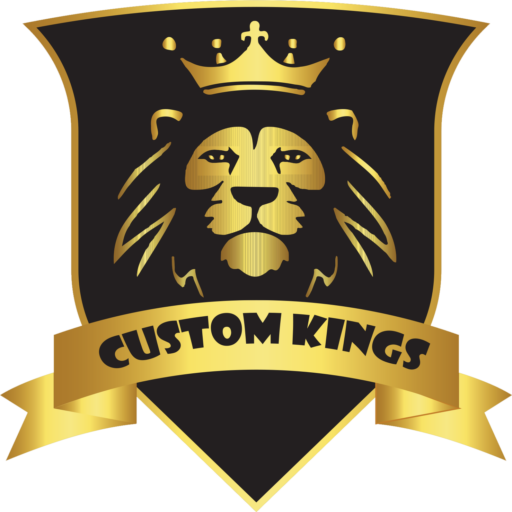-
Discover the Power of Vincispin App – Your Ultimate Guide to Enhanced Productivity
-
Maximizing Task Management with Vincispin
-
Streamlining Your To-Do Lists for Daily Success
-
Utilizing Calendar Integration for Better Scheduling
-
Setting Smart Reminders to Stay on Track
-
Boosting Collaboration with Team Features
In an era where multitasking has become the norm, leveraging cutting-edge software solutions can significantly streamline daily operations. From time management to task prioritization, innovative technologies vincispin offer users an edge in achieving their goals. This article delves deeply into advanced functionalities of a notable platform designed to elevate workflow and enhance overall effectiveness.
Many individuals face challenges with staying organized and efficiently managing various commitments. By integrating specific tools tailored for effective task completion, users can minimize distractions and maximize focus. Key features, such as intuitive interface and customizable workflows, allow for seamless navigation through complex project landscapes.
Equipped with robust analytics, users can gain insights into their performance patterns. By understanding time allocation and productivity rates, one can refine approaches to handling responsibilities. Moreover, collaboration tools within the software facilitate teamwork by enabling real-time communication, thus fostering a culture of transparency and accountability.
As you explore this transformative platform, consider how aspects such as goal-setting reminders and dynamic scheduling can align with personal and professional aspirations. Take advantage of such resources to empower yourself in navigating today’s fast-paced environment with confidence and clarity.
Maximizing Task Management with Vincispin
Effective organization of responsibilities is crucial for achieving goals. Using features within this innovative tool can significantly streamline your workflow. Begin by categorizing tasks into actionable lists. Break down large projects into smaller, manageable segments to avoid feeling overwhelmed.
Employ deadline settings for each task to create a sense of urgency. This method encourages timely completion and keeps momentum in your workflow. Utilize notification systems to remind you of upcoming due dates, ensuring nothing slips through the cracks.
Implement prioritization techniques by labeling tasks based on importance and urgency. Use a color-coded system or tags to visually indicate priorities, making it easier to focus on what requires immediate attention.
Incorporate collaboration features for team projects. Assign specific tasks to team members, set clear expectations, and allow for direct communication within the platform. This fosters accountability and transparency among participants, which is essential for team effectiveness.
Regularly review completed tasks to assess productivity levels. Reflect on which methods and strategies yielded the best results. Adjust your approach based on insights gained from these evaluations to optimize future performance.
Lastly, integrate external tools or calendars to centralize all scheduling efforts. Syncing these resources enhances project visibility and ensures that all deadlines align across different platforms. Maximize your efficiency by leveraging all functionalities offered in this unique software.
Streamlining Your To-Do Lists for Daily Success
Effective task management hinges on clarity and organization. Begin by categorizing tasks into essential groups: urgent, important, and non-urgent. This approach enables prioritization and helps focus on high-impact activities.
Limit daily tasks to a maximum of five items. Research suggests this number allows for better concentration and task completion. Whenever possible, break larger projects into smaller, actionable steps. This method not only makes daunting projects manageable but also provides a sense of achievement upon completion of each segment.
Consider utilizing a digital task manager that syncs across devices. This ensures all tasks are accessible anytime, anywhere, reducing the likelihood of forgotten responsibilities. Regularly review and update your lists, ideally at the end of each day, to set a clear agenda for the upcoming one.
Incorporate time blocking into your daily schedule. Assign specific time slots for each task, allowing for focused work without interruptions. This technique enhances time awareness and helps maintain steady progress throughout the day.
Adopt the two-minute rule: if a task can be completed in two minutes or less, do it immediately. This practice prevents minor responsibilities from accumulating and overwhelming your schedule. Engaging in regular reflection on completed tasks fosters motivation and reinforces positive habits.
Lastly, eliminate distractions during your work sessions. Set boundaries for notifications and interruptions, cultivating an environment conducive to success. Maintaining an organized to-do list, free from clutter, ensures that your focus remains clear and directed.
Utilizing Calendar Integration for Better Scheduling
Integrating calendars into daily routines can significantly streamline scheduling tasks and improve time management. Here are several techniques for maximizing efficiency through effective calendar usage:
- Choose a Primary Calendar: Select one main calendar to act as the hub for all events and tasks. This prevents confusion and ensures a centralized view of commitments.
- Synchronize Multiple Calendars: Link work, personal, and project calendars to gain a comprehensive overview. Adjust settings to display appropriate events without overwhelming the interface.
- Set Up Color-Coding: Utilize colors to categorize appointments clearly–work, personal, deadlines. This visual distinction helps prioritize effectively at a glance.
- Create Recurring Events: For regular meetings or tasks, set them up as recurring entries. This minimizes repetitive input and helps maintain consistency in scheduling.
- Utilize Reminders: Configure reminders for upcoming deadlines or appointments. Timely alerts can prevent last-minute scrambles and help maintain focus on priority activities.
- Implement Time Blocking: Allocate specific chunks of time for particular activities. This method encourages concentration and minimizes distractions during dedicated periods.
- Share Calendars with Teams: Foster collaboration by sharing certain calendars with colleagues or family members. This transparency helps coordinate schedules and avoids conflicts.
- Review Weekly: Conduct a weekly review of scheduled events. Reflecting on future commitments allows for adjustments and ensures nothing important is overlooked.
- Leverage Mobile Access: Access calendars via mobile devices to stay updated on the go. This flexibility allows for quick modifications and remains connected to schedules.
By implementing these strategies, users can achieve a more organized approach to their time management. Effective calendar integration not only enhances scheduling efficiency but also fosters a balanced lifestyle.
Setting Smart Reminders to Stay on Track
Effective reminders can dramatically improve focus and task management. To maximize their usefulness, context and specificity are crucial. Instead of generic alerts, craft reminders that directly relate to the task at hand, considering timeframes, locations, or associated activities.
Prioritize deadlines by including urgency in your reminders. For instance, instead of simply stating “Submit report,” use a reminder like “Submit report by 3 PM Tuesday.” This approach instills a sense of immediacy, making it harder to overlook important tasks.
Incorporate visual cues alongside notifications. For example, set reminders that include images or colored labels for different categories of tasks, such as work, personal, or health-related activities. This technique aids quick identification and fosters better organization.
Leveraging recurring reminders for daily or weekly tasks can streamline your schedule. Utilize specific intervals like “Every Friday at 2 PM: Review weekly goals.” This ensures time is dedicated to reflection and adjustment of strategies as needed.
Integrate your reminders with calendar events. Syncing these systems allows for seamless transitions between tasks. When a meeting approaches, alerts can help outline necessary preparations, ensuring everything is in order ahead of time.
Optimize the use of triggers for reminders. For example, set a notification that activates upon arrival at the office to prompt immediate task review. Associating actions with specific scenarios can enhance recall and adherence to schedules.
Experiment with different methods of alerting. Audio cues, vibrations, or email notifications might work better for specific tasks depending on your personal preferences and environments. Diversifying your approach keeps reminders engaging and lessens the chance of ignoring them.
Finally, regularly review and adjust your reminders. Assess what’s effective and what requires modification. An adaptive strategy ensures that you’re using reminders in ways that best suit your evolving needs and commitments.
Boosting Collaboration with Team Features
Effective teamwork is essential for achieving objectives and meeting deadlines. With collaborative functionalities, facilitators can streamline communication and enhance interaction among team members. Utilizing real-time messaging and file sharing capabilities enables seamless exchange of ideas and resources, leading to improved project outcomes.
Task assignment is a significant aspect of collaboration. Assigning tasks with clear deadlines and priorities allows team members to understand their responsibilities better. Implement features that facilitate monitoring progress, such as status updates and completion tracking, to maintain accountability within the group.
Integrating a shared calendar is a game changer for coordinating schedules. This tool allows teams to highlight important deadlines, meetings, and milestones. Synchronizing everyone’s availability minimizes scheduling conflicts and encourages efficient use of time.
Collaborative brainstorming tools are invaluable for fostering creativity. Implement digital whiteboards where members can jot down ideas and visualize concepts collectively. This not only enhances engagement but also encourages contributions from all participants.
Feedback loops are crucial for continuous improvement. Regular check-ins, whether through quick polls or more structured reviews, ensure that everyone’s voice is heard. Encourage team members to share constructive critiques, promoting a culture of open dialogue and refinement.
Analytics and reporting functionalities can provide insights into team performance. Understanding metrics such as task completion rates and engagement levels helps in identifying areas for enhancement. Use this data to adjust strategies and foster a more collaborative environment.
By leveraging these collaborative features, teams can create a dynamic and interactive atmosphere where innovation flourishes. Prioritizing effective communication tools, task management, and feedback mechanisms lays the foundation for high-performing teams.

